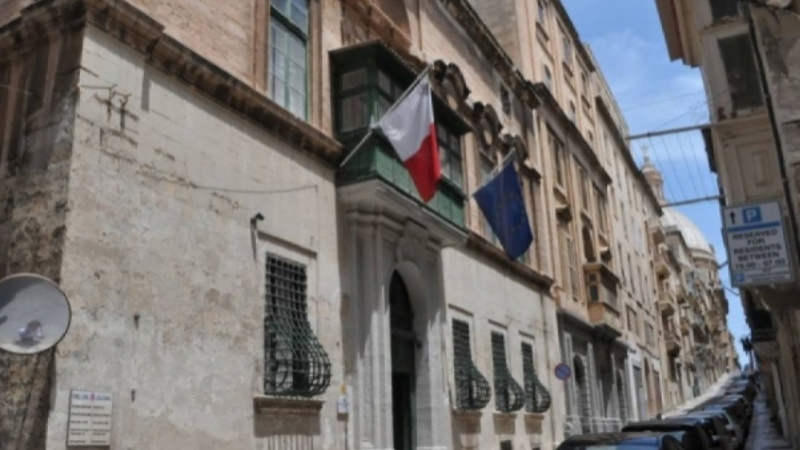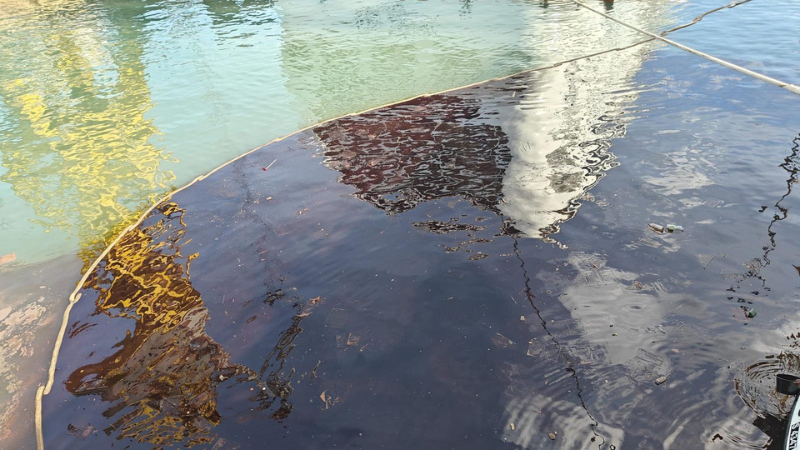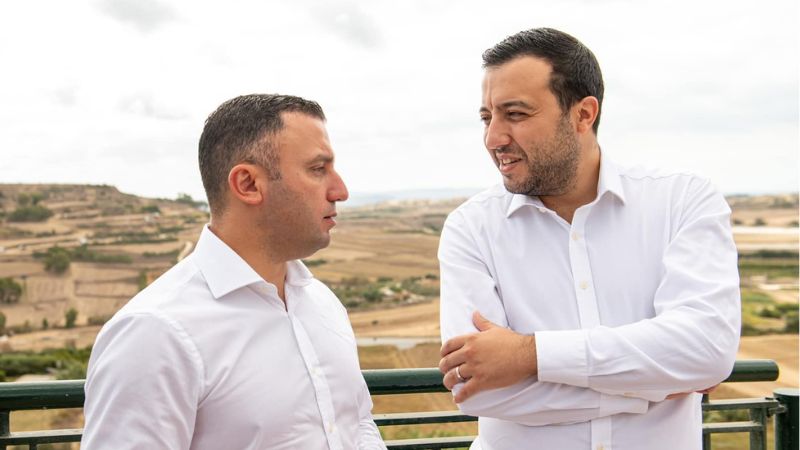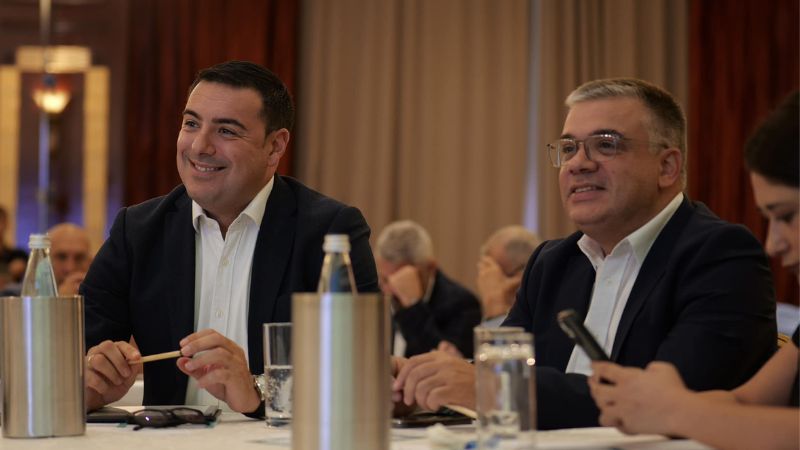One of the families that had almost signed over their share in a building to Marco Gaffarena, embroiled in the Old Mint street expropriations scandal of 2015, has won the drawn-out court battle initiated by Gaffarena two years ago.
The scandal was first exposed by The Shift News editor Caroline Muscat when she was senior journalist for The Times. The 2015 headline was the starting point for an investigation by the national audit office, which later described the deal that was signed as “collusion” between government officials and Gaffarena.
Former parliamentary secretary for lands Michael Falzon was sacked from the Cabinet over the deal. He is now serving as minister for social solidarity.
Essentially, Gaffarena had bought out two shares from the Old Mint property for a fraction of the value at which they were swiftly resold to the government in an expropriation that landed Gaffarena an estimated €3.6 million in property and cash.
While Gaffarena had bought two-fourths’ worth of shares at €23,294 in 2007 and at €139,762 in 2015, the government had paid €822,500 per share while awarding potentially much more lucrative lands to the businessman.
The verdict on the appeal, decided on Thursday, threw out Gaffarena’s claims that the first civil court, in the original decision being appealed, had upheld the Cefai family’s statements on their inability to “wrongfully” sell their property.
The original court decision had decided in favour of the Cefai family’s decision to not proceed with the sale as agreed due to several reasons.
Primarily, it had stated that the sellers were not at fault for not knowing about an expropriation that Gaffarena had information about, and that they were not in a position to publish the contract due to the expropriation and their subsequent loss of complete ownership of their share in the building.
Gaffarena’s lawyer argued that the two expropriations that had been signed by presidential decree had only affected shares of the building previously purchased by Gaffarena, not the share promised to the businessman and owned by the Cefai family itself.
The court dismissed the argument on the basis that the presidential declarations that enforced the expropriations generically referred to “undivided shares” within the building in general, and did not refer to shares owned by Gaffarena.
Therefore, the Cefai family had been correct in its assessment that it could no longer abide by the promise of sale agreement they had signed with Gaffarena, mainly due to the fact they were not aware of the expropriation procedures.
The Cefai family’s lawyer had also previously referred to the stark difference between the evaluation of the family’s one-fourth share as conducted by the government’s architect in the expropriation process and the price that was agreed in the sale to Gaffarena.
While Gaffarena had offered €139,762, the government’s architect had evaluated the family’s share at €822.500.
The Cefai family would have ended up paying more in taxes than they would have received from the sale because the inland revenue department would have used the government architect’s evaluation as the basis for its levy.
The NAO report, which had been originally asked for by then-opposition leader Simon Busuttil, had led to minister Falzon’s resignation on the same day.
The government property division had been re-branded to today’s Lands Authority, ostensibly due to the fallout caused by the revelations that surfaced which are still being felt today.
Although the deal was eventually scrapped and all transfers were revoked in 2018 after sustained pressure led to Joseph Muscat’s decision to sue a government department that was under his direct responsibility, Gaffarena had almost managed to lay his hands on more than 10 football pitches of public land.
At the time, lawyers had voiced concerns about how the Lands Authority had failed to show up to defend itself at the court case.
Former Attorney General lawyer turned Gaffarena defence team member Matthew Xuereb had picked up on the state’s reluctance when vaguely questioning whether the state, which was representing a former prime minister, was still interested in the case.
Some of the public land that was within Gaffarena’s reach is prime real estate, including over 5,000sqm of land at White Rocks in Pembroke, cited in news reports at an estimated €2 million in value.Gaffarena had also been awarded strategic land parcels adjacent to his illegally-developed Ċavett Place in Qormi, with about 26,233sqm of land being handed to him just a few metres away from the entertainment venue.
Although the government had completely failed to acknowledge that such a deal should have never occurred in the first place, it was the case that was originally opened by disgraced prime minister Joseph Muscat that led to the court’s first decision to rescind all transfers and revoke the deal.
The court had also issued warrants to seize all funds that had been paid to Gaffarena, and had held its ground when arguing that for the expropriations to have been valid, all the people owning a share in the building should have been paid, and not just Gaffarena explicitly.
The court case decided on Thursday was an appeal that had been immediately filed by Gaffarena after the court decision in 2019 essentially confirmed the family’s legally-established right to exit a promise of sale agreement that did not truly reflect that which parties had originally agreed.














Its about time that the law was in favour of the one who did nothing wrong. The out and out corruption on the island is making this jewel in the Mediterranean appear more like a lump of coal in a pit!